Big Questions From Little People
Why we cry, how we know we aren’t dreaming right now, where the universe ends, what books are for, and more answers to deceptively simple yet profound questions.
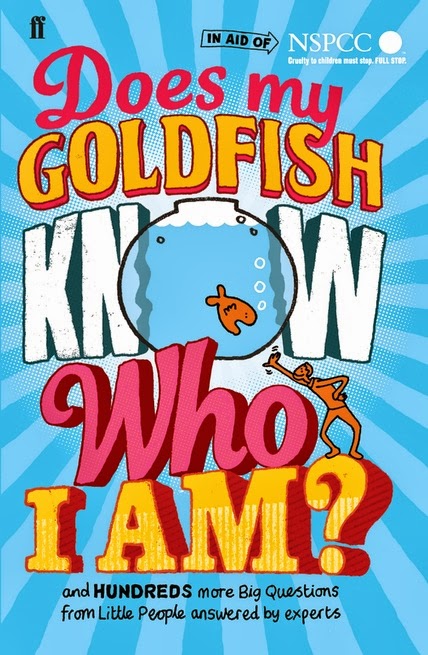 In 2012, I wrote about a lovely book titled Big Questions from Little People & Simple Answers from Great Minds, in which some of today’s greatest scientists, writers, and philosophers answer kids’ most urgent questions, deceptively simple yet profound. It went on to become one of the year’s best books and among readers’ favorites. A few months later, Gemma Elwin Harris, the editor who had envisioned the project, reached out to invite me to participate in the book’s 2013 edition by answering one randomly assigned question from a curious child. Naturally, I was thrilled to do it, and honored to be a part of something as heartening as Does My Goldfish Know Who I Am? (public library) — a compendium of primary school children’s funny, poignant, innocent yet insightful questions about science and how life works, answered by such celebrated minds as rockstar physicist Brian Cox, beloved broadcaster and voice-of-nature Sir David Attenborough, legendary linguist Noam Chomsky, science writer extraordinaire Mary Roach, stat-showman Hans Rosling, Beatle Paul McCartney, biologist and Beagle Project director Karen James, and iconic illustrator Sir Quentin Blake. As was the case with last year’s edition, more than half of the proceeds from the book — which features illustrations by the wonderful Andy Smith — are being donated to a children’s charity.
In 2012, I wrote about a lovely book titled Big Questions from Little People & Simple Answers from Great Minds, in which some of today’s greatest scientists, writers, and philosophers answer kids’ most urgent questions, deceptively simple yet profound. It went on to become one of the year’s best books and among readers’ favorites. A few months later, Gemma Elwin Harris, the editor who had envisioned the project, reached out to invite me to participate in the book’s 2013 edition by answering one randomly assigned question from a curious child. Naturally, I was thrilled to do it, and honored to be a part of something as heartening as Does My Goldfish Know Who I Am? (public library) — a compendium of primary school children’s funny, poignant, innocent yet insightful questions about science and how life works, answered by such celebrated minds as rockstar physicist Brian Cox, beloved broadcaster and voice-of-nature Sir David Attenborough, legendary linguist Noam Chomsky, science writer extraordinaire Mary Roach, stat-showman Hans Rosling, Beatle Paul McCartney, biologist and Beagle Project director Karen James, and iconic illustrator Sir Quentin Blake. As was the case with last year’s edition, more than half of the proceeds from the book — which features illustrations by the wonderful Andy Smith — are being donated to a children’s charity.
The questions range from what the purpose of science is to why onions make us cry to whether spiders can speak to why we blink when we sneeze. Psychologist and broadcaster Claudia Hammond, who recently explained the fascinating science of why time slows down when we’re afraid, speeds up as we age, and gets all warped while we’re on vacation, answers the most frequently asked question by the surveyed children: Why do we cry?
It’s normal to cry when you feel upset and until the age of twelve boys cry just as often as girls. But when you think about it, it is a bit strange that salty water spills out from the corners of your eyes just because you feel sad.
One professor noticed people often say that, despite their blotchy faces, a good cry makes them feel better. So he did an experiment where people had to breathe in over a blender full of onions that had just been chopped up. Not surprisingly this made their eyes water. He collected the tears and put them in the freezer. Then he got people to sit in front of a very sad film wearing special goggles which had tiny buckets hanging off the bottom, ready to catch their tears if they cried. The people cried, but the buckets didn’t work and in the end he gathered their tears in tiny test tubes instead.
He found that the tears people cried when they were upset contained extra substances, which weren’t in the tears caused by the onions. So he thinks maybe we feel better because we get rid of these substances by crying and that this is the purpose of tears.
But not everyone agrees. Many psychologists think that the reason we cry is to let other people know that we need their sympathy or help. So crying, provided we really mean it, brings comfort because people are nice to us.
Crying when we’re happy is a bit more of a mystery, but strong emotions have a lot in common, whether happy or sad, so they seem to trigger some of the same processes in the body.
(For a deeper dive into the biological mystery of crying, see the science of sobbing and emotional tearing.)
Joshua Foer, who knows a thing or two about superhuman memory and the limits of our mind, explains to 9-year-old Tom how the brain can store so much information despite being that small:
An adult’s brain only weighs about 1.4 kilograms, but it’s made up of about 100 billion microscopic neurons. Each of those neurons looks like a tiny branching tree, whose limbs reach out and touch other neurons. In fact, each neuron can make between 5,000 and 10,000 connections with other neurons — sometimes even more. That’s more than 500 trillion connections! A memory is essentially a pattern of connections between neurons.
Every sensation that you remember, every thought that you think, transforms your brain by altering the connections within that vast network. By the time you get to the end of this sentence, you will have created a new memory, which means your brain will have physically changed.
Illusionist Derren Brown, who has previously weighed in on the psychology of gullibility, answers 5-year-old Evie’s question about how we can be sure that life isn’t just a dream, touching on the limits of our perception of “reality”:
Often we have dreams and they feel so real that we might wonder whether we’re dreaming right now too. It feels like you’re wide awake now, but doesn’t it feel like you’re wide awake in dreams too? How on Earth can you tell the difference? Maybe you’ll wake up in a moment and realize you weren’t reading this book — because it never existed!
Well, at least you know you’re probably real. Because even if you were having a dream right now, there would have to be a you somewhere who was having that dream about yourself. But before your head starts spinning too fast, here’s the important thought. We only ever really know about the stuff we see and hear and feel, and that’s only a tiny part of what’s around us. (For example, you can’t see what’s happening in the next room, or in someone else’s head.) We can only guess at what’s real from the little bit we know about — and often we get it very wrong. … So even though you’re probably not dreaming, it’s worth remembering that you’re only aware of a small part of what’s real, too.
(Meanwhile, it’s been argued elsewhere that the probability that you are dreaming right this moment is 1 in 10.)
Neuroscientist Tali Sharot, who has previously studied why our brains are wired for optimism, answers 8-year-old Maia’s question about why we don’t have memories from the time we were babies and toddlers:
We use our brain for memory. In the first few years of our lives, our brain grows and changes a lot, just like the rest of our body. Scientists think that because the parts of our brain that are important for memory have not fully developed when we are babies, we are unable to store memories in the same way that we do when we are older.
Also, when we are very young we do not know how to speak. This makes it difficult to keep events in your mind and remember them later, because we use language to remember what happened in the past.
In answering 8-year-old Hannah’s question about what newspapers do when there is no news, writer and journalist Oliver Burkeman, author of the excellent The Antidote: Happiness for People Who Can’t Stand Positive Thinking, offers a primer on media literacy — an important caveat on news that even we, as alleged grown-ups, frequently forget:
Newspapers don’t really go out and find the news: they decide what gets to count as news. The same goes for television and radio. And you might disagree with their decisions! (For example, journalists are often accused of focusing on bad news and ignoring the good, making the world seem worse than it is.)
The important thing to remember, whenever you’re reading or watching the news, is that someone decided to tell you those things, while leaving out other things. They’re presenting one particular view of the world — not the only one. There’s always another side to the story.
Nobel-winning biologist Sir John Gurdon makes a beautiful addition to history’s best definitions of science in answering 7-year-old Louise’s question about what “the whole point of science” is:
Science makes continuous advances in the quality of human life.
Brian Cox, who has a penchant for illuminating the mysteries of life and of the universe, articulating the poetics of science and championing its cultural value, answers six-year-old Josh’s question about whether the universe has an edge:
We don’t even know how big the Universe is! We can only see a small part of our Universe – the part that light has had the time to travel across to reach us during the 13.8 billion years since the Big Bang. Anything further away can’t be seen, simply because the light from these distant places hasn’t reached us yet.
The part we can see is pretty large, however. It contains around 350 billion large galaxies, each containing anything up to a trillion suns. This part, which is known as the observable Universe, is just over 90 billion light years across. But we are sure that the Universe extends far beyond this. It may even be infinitely big, which is impossible to imagine!
When Honor, age 11, asks Noam Chomsky whether new technology is always good, he answers:
Technology is usually fairly neutral. It’s like a hammer, which can be used to build a house or to destroy someone’s home. The hammer doesn’t care. It is almost always up to us to determine whether the technology is good or bad.
Mary Roach, who has a singular gift for making intensely interesting what mainstream culture considers “gross,” answers two little boys’ collective question about why sweetcorn comes out the other end looking just like it did when we ate it:
A kernel of corn has a tough, fibrous ‘seed coat’ that stands up to the acids and digestive juices in your stomach — much the way a leather jacket protects a motorcycle rider. Corn is famous for its ability to pass through the body intact, or at least in recognizable pieces. For this reason, it can be used as a ‘marker food’ to measure how long it takes food to travel all the way through you.
The next time your family eats corn on the cob, you can do an experiment. Make a note of the date and time when you eat the corn, and then again when you next catch sight of it. The number of hours in between is the ‘transit time’ for your own intestines. (Some people might object to looking into the toilet, but based on your question, you won’t have a problem. You have a healthy curiosity, and that’s great!)
If you chew your corn thoroughly and break open the seed coat, your body should be able to absorb the good nutrients inside. Birds don’t have molars to break open seeds, so they poop them out whole, and then the seeds sprout where they land. Plants don’t have legs or cars, so this is one way they get around. The pooping birds help the plants populate the far corners of the land.
The seeds of the baobab tree, on the African savannah, are so tough that chimps can’t chew them up. So they eat them twice. They pluck the undissolved (but softened) seeds out of their poop and run them through their digesting machinery again. The second time around, the seeds break apart. You’ll be happy to learn that when the chimps are done, they wipe their lips with tree bark.
Phonetics professor John Wells answers 6-year-old Angelina’s question about whether animals like sheep and cows have accents:
Unlike human beings, animals don’t have languages. They do produce “vocalizations” (dogs bark, cats meow, sheep bleat, cows moo, birds chirp), but these are not language, even though they are a means of communicating.
[…]
Different breeds of dog may have different kinds of bark, and you may even be able to recognize an individual dog’s bark just as you can an individual person’s voice. But a dog’s bark does not depend on where it grew up and who its friends are or where it went to school — which are the main things that determine your accent or mine.
Scientists have found that whales in different oceans make different kinds of vocalization, and the calls of some species of birds vary from one location to another. So we could perhaps say that whales and birds can have local “accents” or “dialects.” But domestic cows and sheep are different. Where they grow up and live is decided by the human beings that own them.
And my answer, to 9-year-old Ottilie’s question about why we have books:
Some people might tell you that books are no longer necessary now that we have the internet. Don’t believe them. Books help us know other people, know how the world works, and, in the process, know ourselves more deeply in a way that has nothing to with what you read them on and everything to do with the curiosity, integrity and creative restlessness you bring to them.
Books build bridges to the lives of others, both the characters in them and your countless fellow readers across other lands and other eras, and in doing so elevate you and anchor you more solidly into your own life. They give you a telescope into the minds of others, through which you begin to see with ever greater clarity the starscape of your own mind.
And though the body and form of the book will continue to evolve, its heart and soul never will. Though the telescope might change, the cosmic truths it invites you to peer into remain eternal like the Universe.
In many ways, books are the original internet — each fact, each story, each new bit of information can be a hyperlink to another book, another idea, another gateway into the endlessly whimsical rabbit hole of the written word. Just like the web pages you visit most regularly, your physical bookmarks take you back to those book pages you want to return to again and again, to reabsorb and relive, finding new meaning on each visit — because the landscape of your life is different, new, “reloaded” by the very act of living.
Does My Goldfish Know Who I Am? is absolutely wonderful in its entirety — a curiosity quencher for all ages and an especially enchanting primer bridging science and everyday life for young minds.
This article is reprinted with permission from Maria Popova. She is a cultural curator and curious mind at large, who also writes for Wired UK, The Atlantic and Design Observer, and is the founder and editor in chief of Brain Pickings.
SHARE YOUR REFLECTION
6 Past Reflections


On Sep 1, 2014 Kristin Pedemonti wrote:
So grateful that these children's questions were taken seriously and answered with such heart, soul and clarity. Thank you!

On Sep 1, 2014 annie wrote:
A bird song fancier told me that birds have accents. The same kind of bird on the east coast can sound different in Colorado.

On Sep 1, 2014 Nick Heap wrote:

On Sep 1, 2014 mama bird wrote:
Maybe children don't really want the answers from adults but instead, the want us to take their hand and follow them in the journey of exploring and finding out about the world. This is the role of "teacher as researcher", listening to a child's questions allowing the child to take the lead and use their "hundred languages" to research the world around them. Have you heard of the "Reggio Approach" to teaching and learning with children? This is a well-intentioned, book, for sure but how about investing in an "image of the child" that is fully capable of finding out things for him or her self?

On Sep 1, 2014 Brenda wrote:
It's that time of the year again when I clean out the garbage in my mind and ponder the question, "Who am I?" Who am I? It seems so simple...a woman, a human, my soul's temple. What is my mission on planet earth? To strive to conquer the universe? To chart new courses, forge ahead, or just to be content to make love in bed? Who is my master, where is my friend, when will I discover what life I'm in?


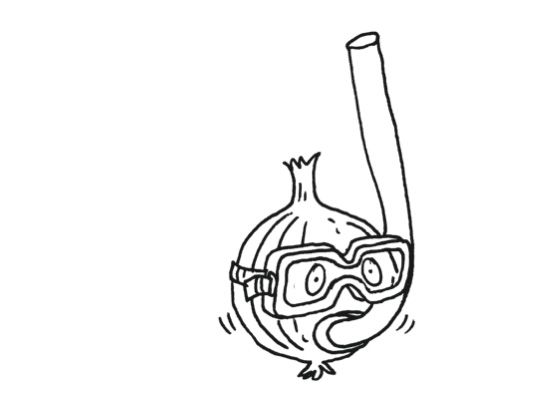
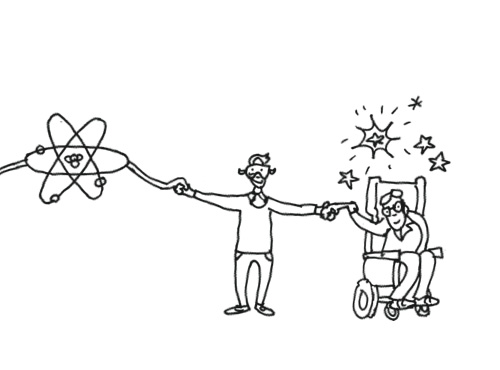
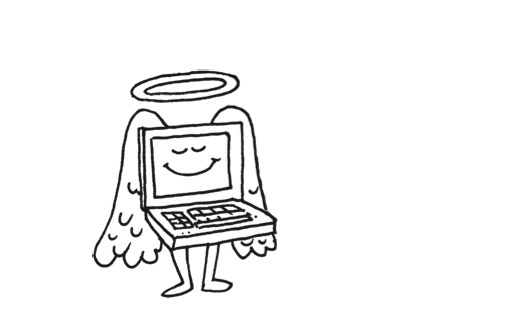
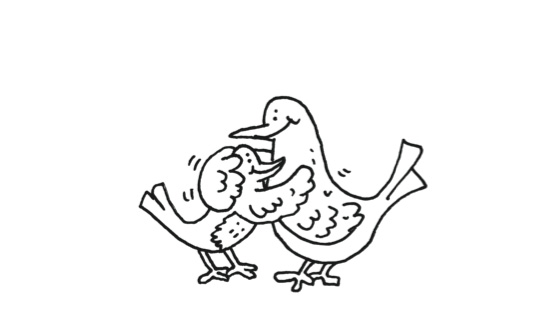
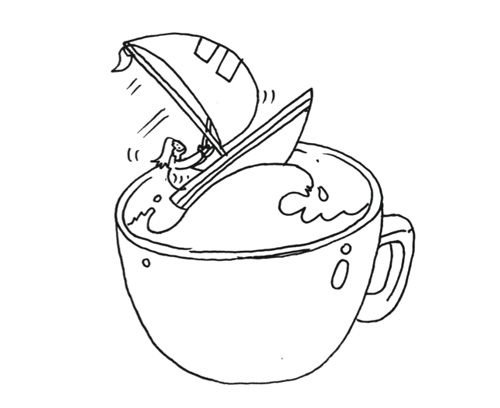
On Sep 2, 2014 steve wrote:
Here's a question: Why can't the Congress come to agreement as the Founding Fathers planned and settle on the programs to move our Country forward?
1 reply: Vidya | Post Your Reply